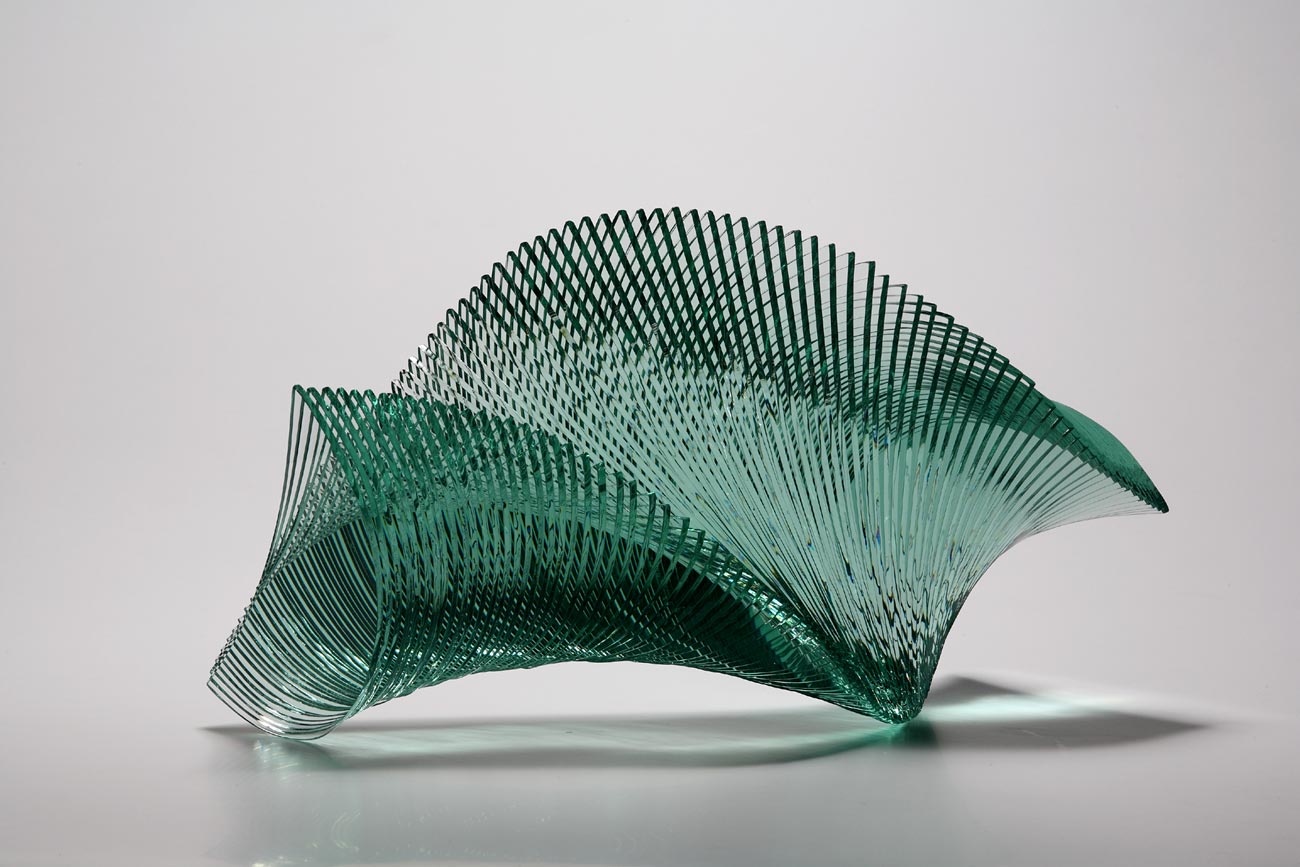

Tempered Insulated Glass Units Enhancing Safety and Efficiency
In modern architecture and construction, glass plays a crucial role in determining both the aesthetic and functional aspects of a building. Among the various types of glass products, tempered insulated glass units (TIGUs) have emerged as a popular choice due to their unique combination of safety, performance, and energy efficiency.
What are Tempered Insulated Glass Units?
Tempered insulated glass units consist of two or more panes of glass separated by a spacer and sealed around the edges to create a closed airspace. This airspace is typically filled with an inert gas, such as argon or krypton, which improves thermal insulation. The panes of glass are tempered, meaning they undergo a heating and cooling process that increases their strength compared to standard glass. This treatment makes them less prone to breakage, and if they do shatter, they break into small, blunt pieces rather than sharp shards, minimizing the risk of injury.
Safety and Durability
One of the most significant advantages of tempered insulated glass units is their superior safety profile. Due to their tempering process, these glass units are substantially stronger than ordinary glass. They can withstand significant impacts, making them ideal for both residential and commercial applications. In addition to their strength, the risk of injury from breakage is considerably reduced, which is essential in high-traffic areas and public spaces.
Furthermore, these glass units are designed to withstand various environmental stressors, including temperature fluctuations and wind pressure. This durability ensures longevity and reduces the need for frequent replacements, which can be cost-effective for building owners in the long run.
Energy Efficiency

Energy efficiency is another critical benefit of tempered insulated glass units. The insulating airspace between the panes acts as a thermal barrier, minimizing heat transfer between the interior and exterior of a building. This property helps maintain a stable indoor temperature, reducing the workload on heating and cooling systems. As a result, buildings equipped with TIGUs can achieve significant energy savings and lower utility costs.
Additionally, when combined with low-emissivity (Low-E) coatings, tempered insulated glass units can further improve energy efficiency. These coatings reflect infrared light while allowing visible light to pass through, keeping indoor spaces warmer in winter and cooler in summer while still maximizing natural light.
Applications in Modern Architecture
Tempered insulated glass units are widely used in various architectural applications. They are commonly found in windows, doors, curtain walls, and even skylights. Their ability to enhance the energy performance of buildings aligns perfectly with the growing emphasis on sustainability and eco-friendly construction practices.
Moreover, the aesthetic appeal of TIGUs cannot be overlooked. They offer a sleek and modern look, allowing architects to create stunning façades that maximize daylight while providing an uninterrupted view of the surroundings. This aspect is particularly important in commercial buildings, where the ambience and appeal can greatly affect customer experience.
Conclusion
In summary, tempered insulated glass units represent a significant advancement in glass technology, providing remarkable safety, durability, and energy efficiency. As the demand for sustainable and aesthetically pleasing construction grows, TIGUs are becoming an essential component of modern architecture. Their multifaceted benefits make them a preferred choice for architects, builders, and homeowners alike, contributing to the creation of safer and more energy-efficient spaces. Whether in residential homes or commercial developments, the role of tempered insulated glass units in enhancing both functionality and design is undeniable.